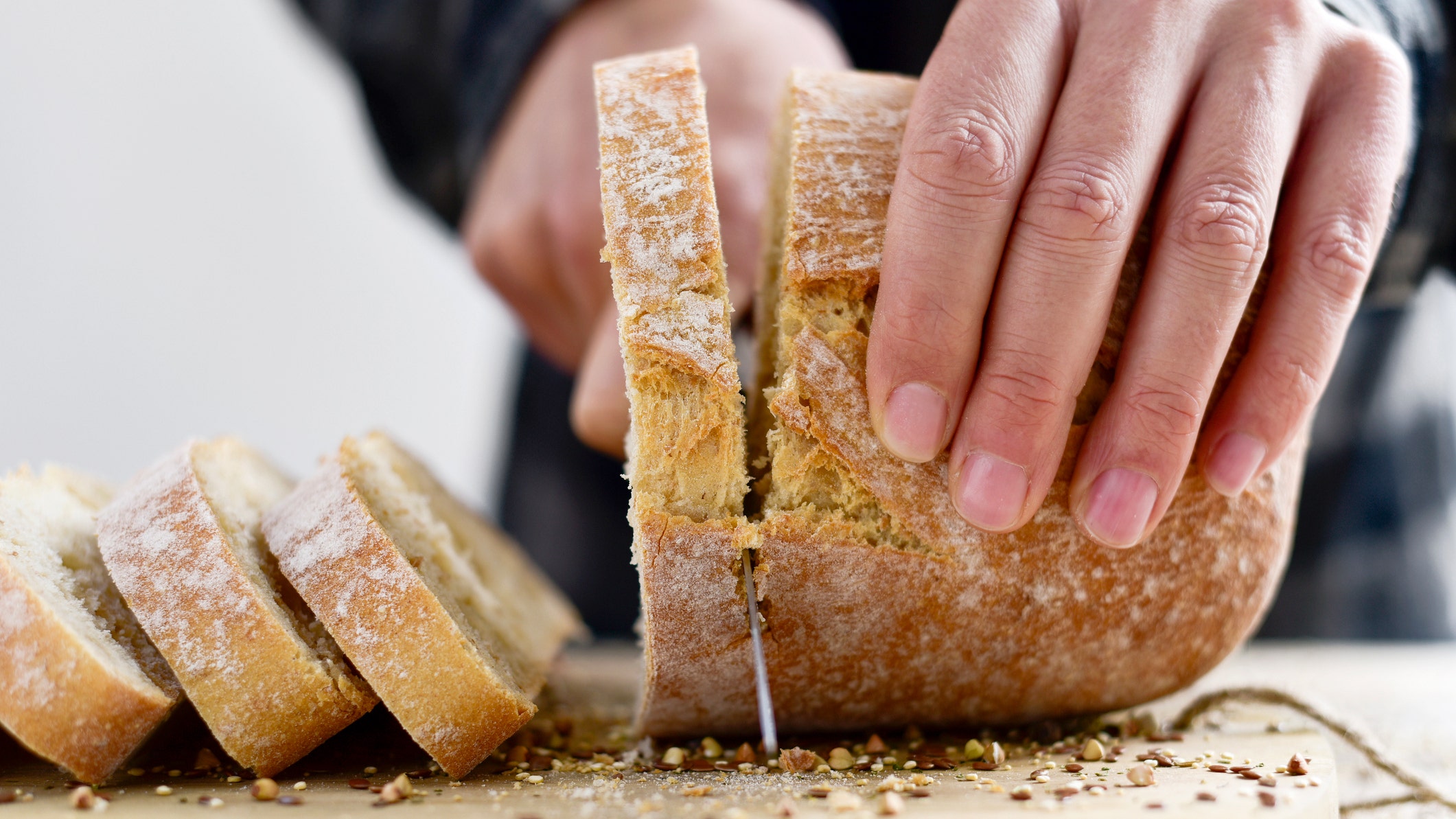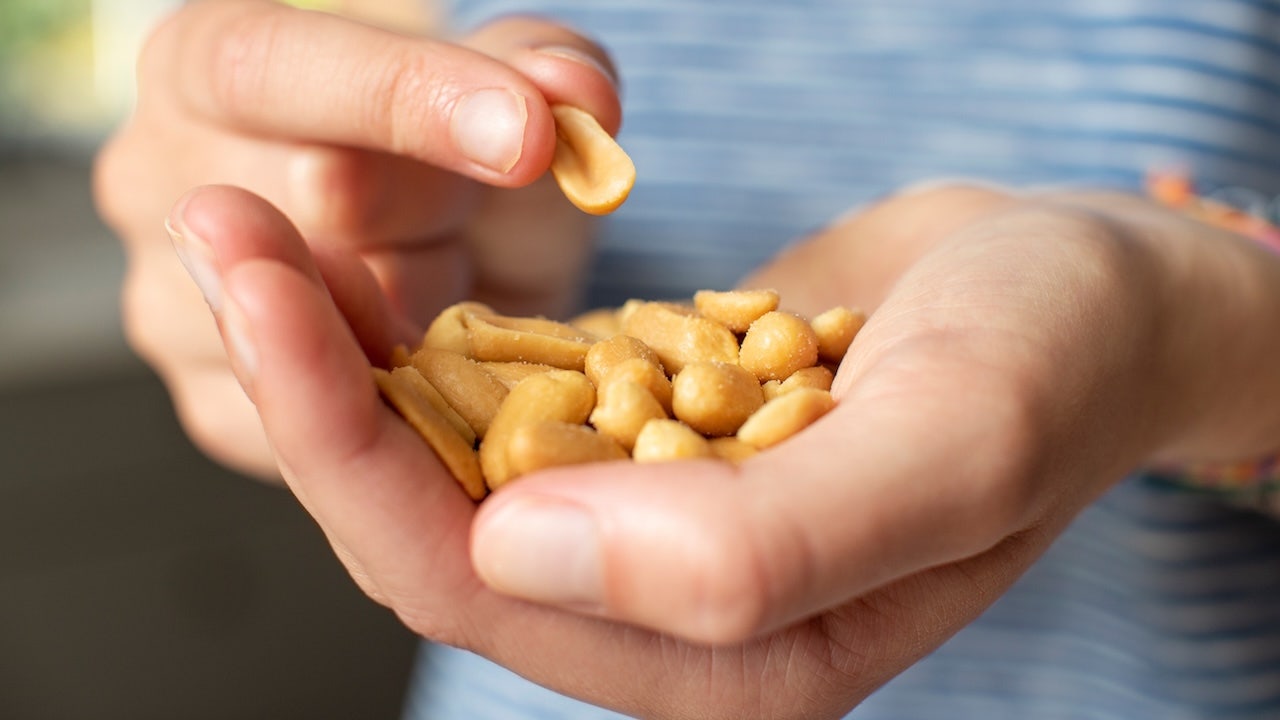NEWYou can now listen to Fox News articles!
After Joe Rogan voiced his concerns about the bread offerings in America, experts are sharing their tips on choosing the healthiest varieties.
On a recent episode of “The Joe Rogan Experience,” the famed podcaster claimed that most of the breads in the U.S. are unhealthy and contribute to inflammation.
“A lot of inflammation comes from diet,” Rogan said. “Our bread is f***d — if you go overseas, and go eat bread in Italy, you won’t feel bad at all.”
BREAD WITH SPROUTED GRAINS OFFERS ‘ENHANCED NUTRITIONAL PROFILE,’ MAY BE HEALTHIER WAY TO ENJOY CARBS
The podcaster then shared an Instagram reel from holistic health influencer Dennis Echelbarger (Denny_Dure) claiming that bread can leave people feeling “bloated, brain-fogged and tired.”
Many point to gluten as the culprit, Echelbarger said in the video, but he claims it’s “just the scapegoat.”
“The real issue is ultraprocessed, chemically altered, bleached, bromated, fake vitamin-filled wheat soaked in glyphosate,” he concluded.
Rogan added, “I know when I cut that stuff out of my diet, it made a giant difference.”
He noted that one exception is sourdough bread, which he said is “great for you.”
WHITE BREAD VS. WHOLE WHEAT BREAD: IS ONE ‘BETTER’ FOR YOU?
For those who do eat bread, Rogan said, “You have to get it from a place that has heirloom wheat.”
(Heirloom wheat, also known as heritage wheat, refers to older varieties that have not been genetically modified and may have higher nutritional value.)
The ideal ingredient list
New Jersey-based dietitian Erin Palinski-Wade, author of “2-Day Diabetes Diet,” says it’s not necessary to completely avoid bread to improve your health, but pointed out that not all varieties are created equal.
“There’s a wide range of breads — from those that can negatively impact your health to options that offer potential health benefits,” she said in an interview with Fox News Digital.
“The first ingredient is what makes up the majority of the bread, so this should be a whole grain.”
Breads made from refined flours, such as white bread, can cause rapid spikes and crashes in blood sugar, increasing the risk of weight gain and type 2 diabetes over time, the dietitian warned.
Instead, she recommends opting for whole-grain and high-fiber breads that break down more slowly, helping to stabilize blood sugar and improve long-term glycemic control.
When choosing a bread, it’s important to read labels carefully and assess the ingredient list, Palinski-Wade advised.
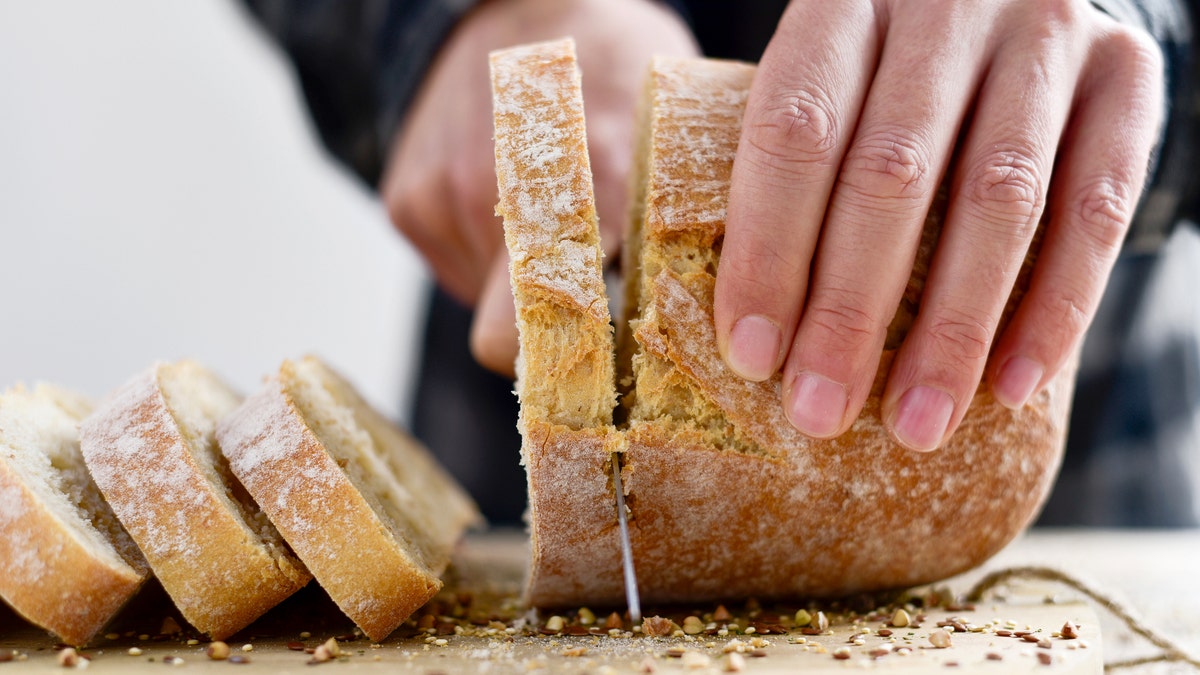
“The first ingredient is what makes up the majority of the bread, so this should be a whole grain,” she said. “From there, the shorter the ingredient list, the better.”
An ingredient list made up of whole grains, yeast and a bit of salt — as well as limited added sugars and preservatives — is ideal, according to the dietitian. “Some brands add seeds or legumes as well,” she added.
CONTROVERSIAL SEED OILS MAY OFFER UNEXPECTED HEALTH BENEFITS, NEW RESEARCH SHOWS
Among store-bought breads, one of Palinski-Wade’s top recommendations is Ezekiel bread, which includes sprouted whole grains and legumes, uses minimal processing and has limited added sugars and preservatives.
“Another easy-to-find option is the line of breads from Dave’s Killer Bread,” she shared. “Made with organic whole grains, this line of bread contains minimal preservatives, added sugars or refined grains.”
Overall, the dietitian said, it’s best to choose bread that contains mostly whole grains with little added sugars and preservatives, has a taste you enjoy, and works for your lifestyle.

Julie Stefanski, RDN, a spokesperson for the Academy of Nutrition & Dietetics in Chicago, said that lumping all bread together as potentially harmful is a “big oversimplification.”
“As Americans, we have access to an enormous number of food choices,” she told Fox News Digital. “When deciding what type of bread to purchase, a person should consider how often they choose it, how large a portion they consume and their own medical issues.”
Those who eat bread frequently or in multiple servings may want to prioritize choosing a healthier, whole-grain option, she advised.
“When choosing bread with fewer preservatives and simpler ingredients, consumers need to be aware that the bread will not last as long, and may need to be frozen and toasted to eventually make use of an entire loaf,” Stefanski pointed out.
Is sourdough really better?
Sourdough bread has been shown to have a lower glycemic index (GI) than white bread, Stefanski noted, and thus can be easier to digest than other wheat breads.
“A lower glycemic index (which measures how quickly any given food spikes a person’s glucose levels) means the bread digests and turns into blood sugar slightly slower than typical white bread,” she said.
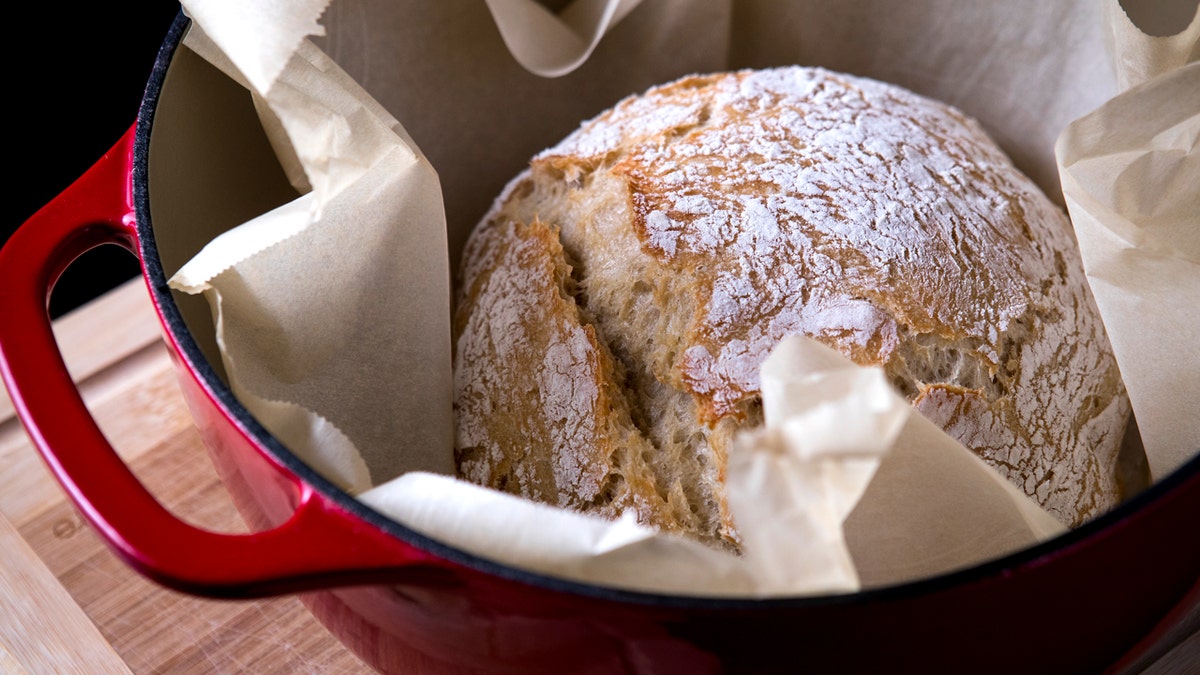
“In the process of making sourdough bread, the bacteria and yeast in the starter for the bread partially breaks down the carbohydrates that are in the wheat.”
People who are typically sensitive to digesting the sugars in wheat may notice less bloating, gas and digestive issues when eating sourdough bread compared to other varieties, according to Stefanski.
Palinski-Wade agrees that sourdough bread is a good choice, but “not superior.”
“If you eat commercial white bread, the glucose in that starch is very, very quickly turned into glucose in the blood.”
“Whole-grain sourdough would be better than white sourdough, but sprouted grain breads would most likely be superior in antioxidants, fiber and nutrient composition,” she told Fox News Digital.
Making your own sourdough bread at home can be a healthy choice, Palinski-Wade added — but that isn’t always a feasible option for people who are short on time or traveling.
Avoiding the sugar spike
Dr. Jason Fung, a Toronto-based physician who is also an expert in intermittent fasting, agreed that bread’s effect on health hinges not only on its carbohydrate content, but also on how quickly the starches are absorbed into the bloodstream.
“If you eat commercial white bread, the glucose in that starch is very, very quickly turned into glucose in the blood,” he reiterated to Fox News Digital.
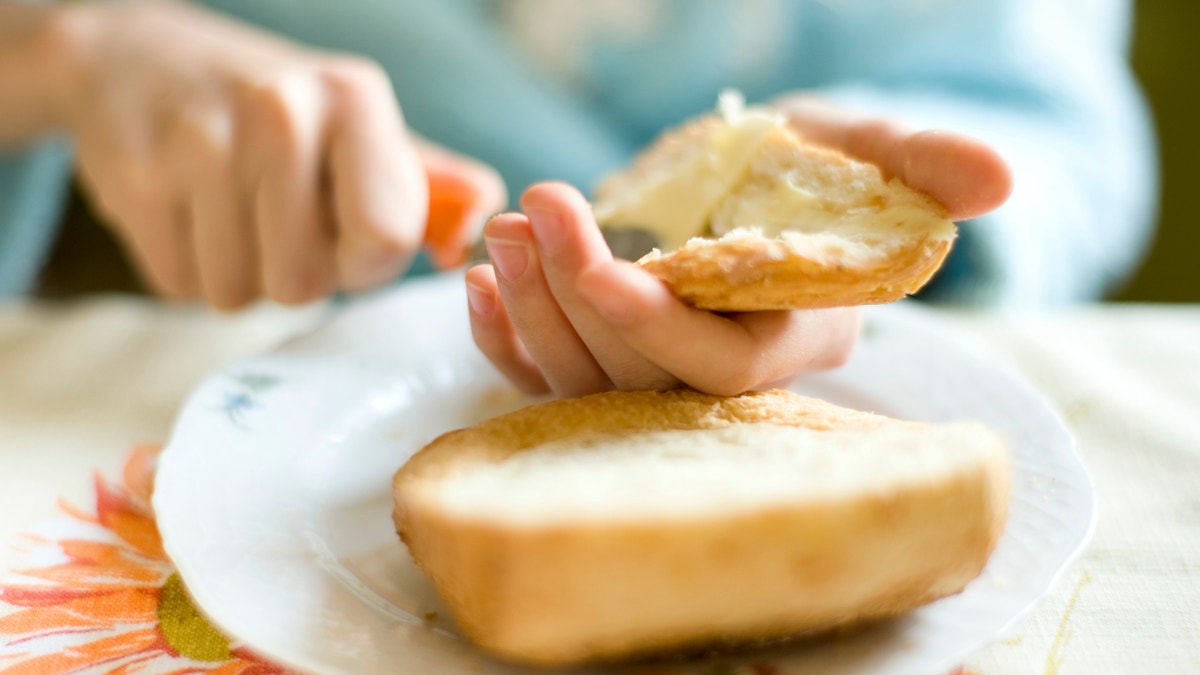
“This is because the flour is very refined — removing fiber, fats, proteins and bran, which all slow absorption — and is also very finely machine ground. This fine grind creates white flour, which is a dust that is quickly absorbed by intestinal cells.”
The texturizers and emulsifiers in commercial white breads — which are added to make them softer and easier to eat — also cause them to be more quickly digested and absorbed, Fung noted.
CLICK HERE TO SIGN UP FOR OUR HEALTH NEWSLETTER
“You can see the effect of this on the glycemic index, which measures how quickly bread spikes your glucose,” he said.
The GI is a scale of 0 to 100, with 100 being the highest glucose spikes. White bread has a very high GI of 73, Fung said, while machine-ground whole wheat is not much better, at 70.
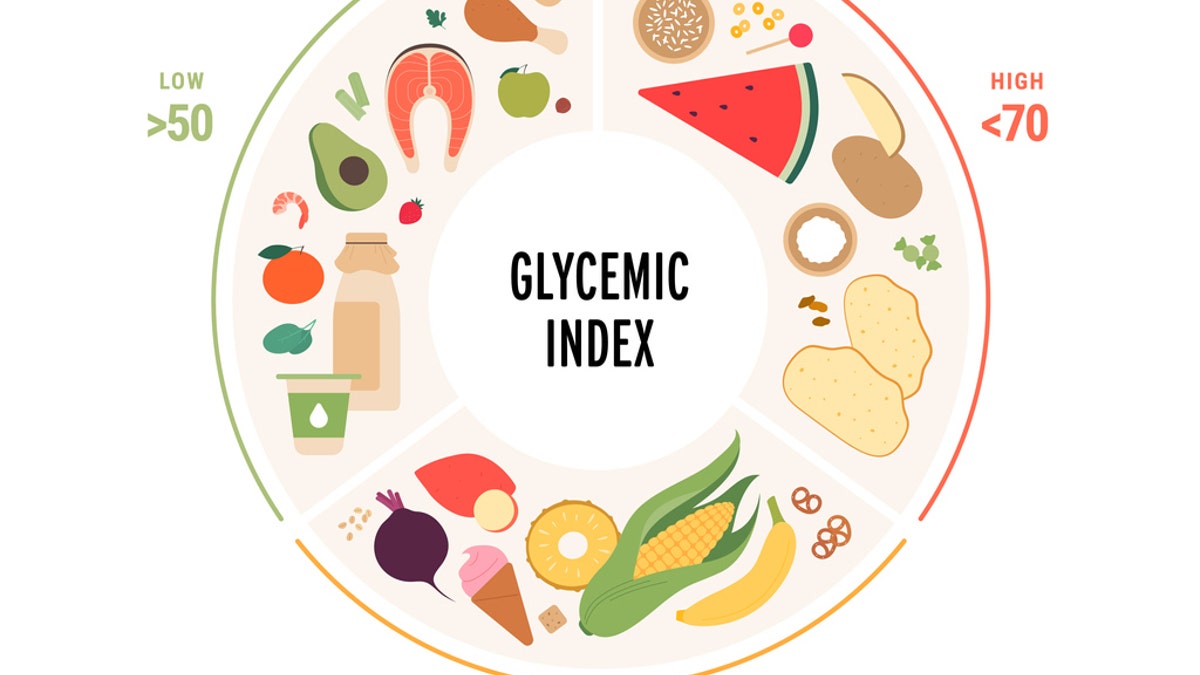
To counteract this effect, Fung recommends choosing any of the following healthier options.
- Stone-ground flour
- Ezekiel bread (sprouting process lowers GI to about 36, with more fat and protein)
- Sourdough bread (the acid slows down absorption)
- Pumpernickel (course-ground rye flour and sourdough starter, with a GI of about 50)
- Rye bread (rye flour is denser, chewier and slower to digest, with a GI of about 45-50)
“You can also slow down the absorption of glucose by eating bread with olive oil and also vinegar,” Fung advised.
For more Health articles, visit www.foxnews.com/health
Palinski-Wade agreed that it’s important to carefully choose what bread is paired with.
“Choosing breads with a low glycemic index and pairing them with foods rich in fat, protein or fiber can help minimize blood sugar spikes and support better glucose management,” she said.
Read the full article here





